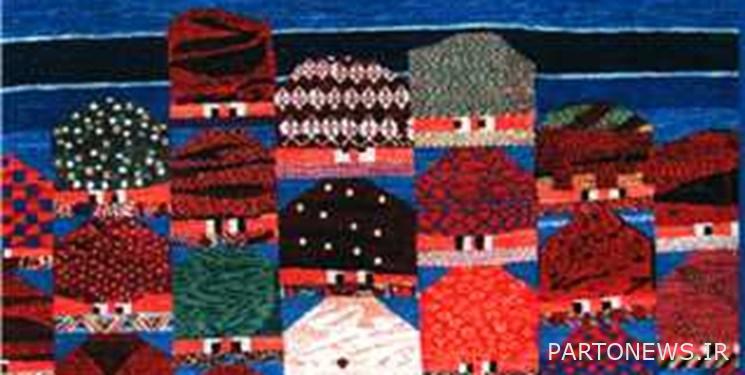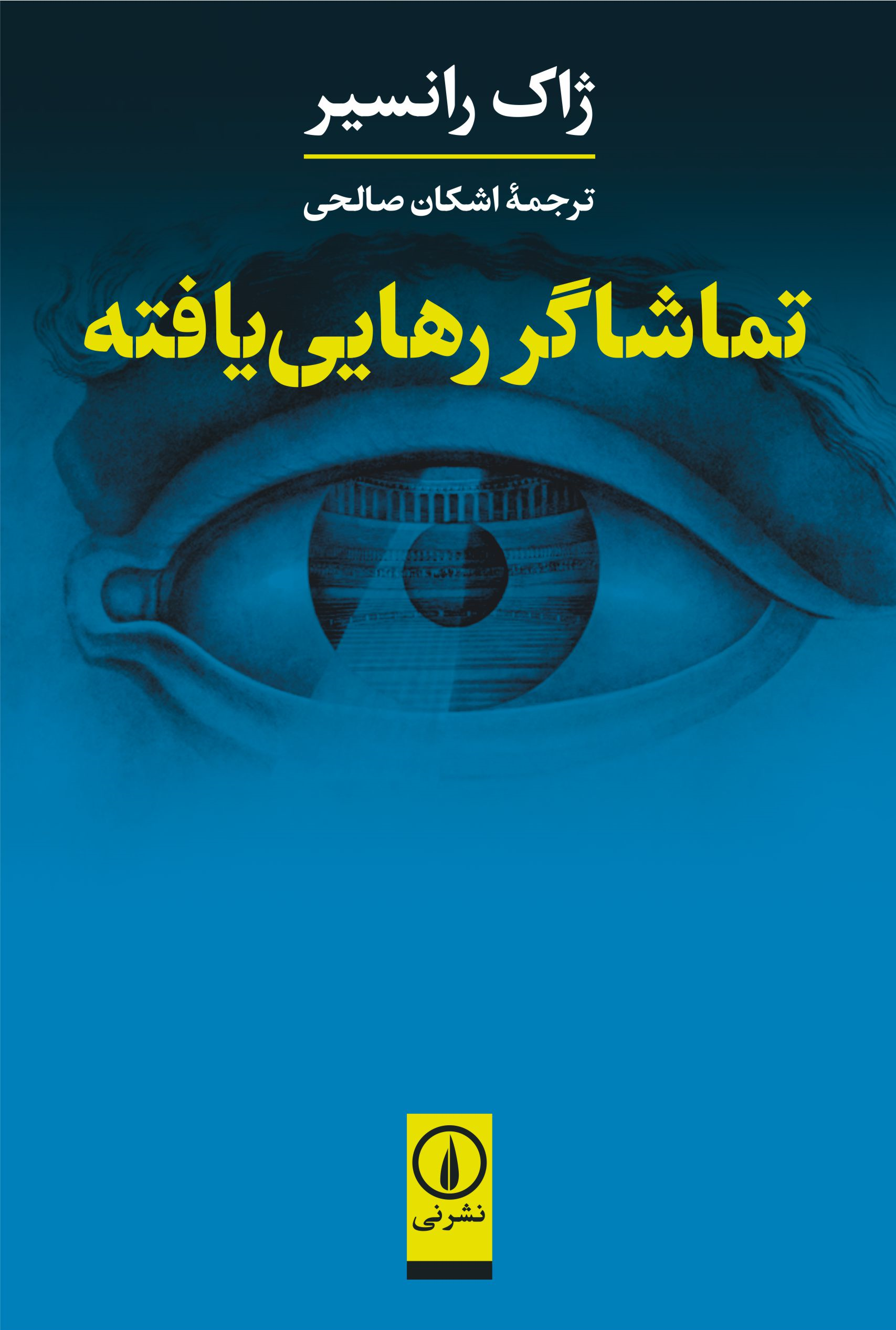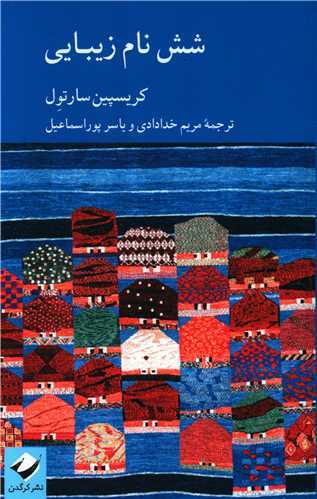Take a look at some books on aesthetics

Fars News Agency – Art and Media Group: One of the most fascinating definitions of the book and its study is the great mythologist Mircea Eliade, a functional Iliad considered a myth to be studied. For him “Modern man finds the opportunity to go beyond time by studying, just as myths did in the past … Study takes man out of his personal time and puts him in another rhythm, allowing him to” “History” to live another. From Iliad’s point of view, books are like myths, because in addition to this everyday world, they reveal the existence of another world, which precedes it in terms of time.
For us Iranians, whose books play a small role in our lives, the days of the book fair are a great opportunity to spend hours reading our favorite books. Although the publishing situation in the field of art has gone through sluggish days in the last two years, the same limited number of books can be considered as one of the most important books of these decades. In this series of notes, an attempt will be made to introduce some of the most important books published (aesthetics, cinema, art criticism, philosophy of art, etc.) to the readers in the last two years under the pretext of the 33rd Tehran International Book Fair.
Introducing the book “History of Basic Concepts of Aesthetics”
Art history has always been synonymous with concepts that have been born and flourished in every era. New concepts are the boundaries of different worlds; Sometimes the effort of artists to overcome a limitation is expressed simply in words or concepts; Such concepts have a distinct world, still in relation to the real world. Understanding the concepts of each field is one of the first steps in mastering the subject. The history of art has been narrated in various forms; The history of artists and their works and the era of revolution in concepts and re-evaluation of the old world. In modern times, philosophy of art and aesthetic concepts have been among the most popular topics. The work of art is no longer on the high peaks of the gods and among the geniuses, but can be found in every corner. In the meantime, many books have been written to explain this almost nascent knowledge. In ancient times, art had a general meaning and included all kinds of skills, such as the art of leadership or the art of war and even making everything, but art gradually took on a separate form, becoming synonymous with art with the beauty of beauty and so beautiful. Wadiswat Tatarkiewicz (1981-1886) Polish philosopher and author of the history of aesthetics, in the book History of Fundamental Concepts of Aesthetics seeks to complete the work; In fact, in this book, he deals with the six basic concepts of the history of art and beauty, namely art, beauty, form, mimesis or imitation of the world, creativity and aesthetic empiricism, and brings the concepts and words to the light of his knowledge with exemplary mastery. Throughout the history of the world, ancient times, the Middle Ages, the modern and contemporary eras, the basic concepts of aesthetics and art along with its philosophy in each period are expressed so that the audience understands all the basic concepts of art knowledge as well as aesthetics itself; This is how different nations and different eras come into being, and even poetry and its eternal connection with the visual arts, as well as the important theories and debates in the history of beauty, are examined; In this work, artistic concepts have a unique story that is retold each time.
Introducing the book “Liberated Spectator”

For many years, many have accepted that there is no choice but to surrender to a scene in which the actors and their agents are so seductively engaged in their work, and many believe that the power of the various media and tools to produce and then destroy countless images at any given moment is limited. That man has no choice but to surrender to it, that is, the magic of television and cinema is beyond the power of the spectator, so sitting with it is tantamount to complete submission, but Jacques Rancière (1940) during his intellectual project has tried to fight such stereotypes and that To destroy because he believes that the soul of the struggle is liberation and the struggle itself is not a strange thing but the result of knowing and mastering things. Thus, in his book The Liberated Spectator (2011), he tries to begin by reflecting on the situation of the spectators in the play and theater, that is, to see what happens when looking at a practical artistic, political, and critical scene. Hesitantly, he prepares the action or action by looking at the scene so that he can then extract a multitude of abilities that are impossible, that is, spectators who are each incapable but can and must use their power. In the following, another definition of political art and its relation to truth and beauty is used to examine new arts such as photography and cinema, to allow the transformation of reality through images, in order to finally examine the relationship between art and itself and other arts. Jacques Rancière’s intellectual project is to break common stereotypes throughout this period, and he sometimes, with radical and perhaps imaginative ideas, sees the possibility of liberation not in opposition to a repressive system but in reflection on a myriad of individual powers.
Introducing the book “Six names of beauty”

The answer to the question of what is beauty and beauty and where is it has always been the concern of many thinkers and the relationship between truth and beauty and goodness has long been questioned. Many thinkers have tried to finally reach a definite meaning out of all this talk, but beauty is always elsewhere. Crispin Sartol (1958) in his book Six Names of Beauty (2004) has tried to give a new meaning to this concept by liberating beauty from artistic concepts and placing it at the center of life and the world; In the meantime, he certainly does not forget about art and artists, and occasionally goes to their work or thoughts to have a theoretical example of the beautiful world, but by sticking to six beautiful names, he opens a way, the result of which this time, in addition to enjoying the general meaning. It is a beautiful, thriving world rich in cultural diversity. In six chapters, he reviews these words, starting with the English beauty or beauty, which in this experience belongs to the object of desire or object of desire, to leave the beauty somewhere outside the person, but in the next chapter he goes to Jaffa or Hebrew splendor, which means Being beautiful in the world and abundance is beauty and radiance, and then it reaches Sondra Hindi, who affirms the sanctity and artistic totality of the world, and then deals with the Greek token, or the same idea, to show that experiencing and ordering the world is beautiful for man. He arrives at the Japanese Wabisabi, who persuades us to see and enjoy this beautiful world, and finally reaches the Hugo of the American Indians or the Navajo people to conclude that life means beauty because of this order and harmony. And this health is full of us. The book Six Names of Beauty is an attempt to make us look more at the world around us because its corner is full of beauty and art for someone who has learned the art of seeing and not seeing.
End of message /
You can edit this post
Suggest this for the front page

